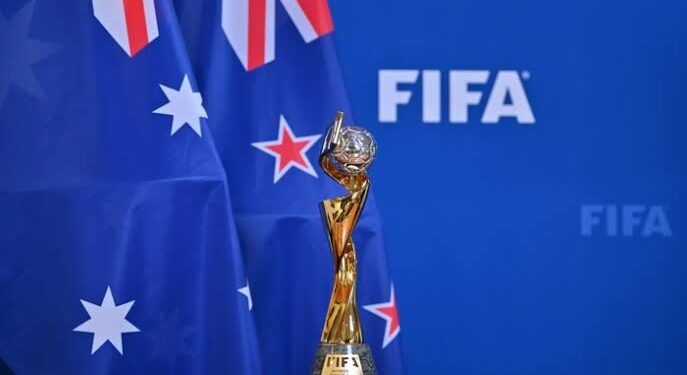By Victor Kanayo
For offering to pay “too little” to screen 2023 Women’s World Cup, FIFA has threatened to blacklist European countries from broadcasting the global soccer event.
This year’s World Cup, co-hosted by Australia and New Zealand, starts on July 20 and ends August 20.
However, FIFA President Gianni Infantino said the initial plans to shut out five European nations will be reversed when TV companies improve their rights offers.
The Standoff Between FIFA and Europe
Specifically, Infantino said European broadcasters had offered world football’s governing body $1m-$10m (£800,000-£8m) for the rights, compared with $100m-$200m for the men’s World Cup.
Infantino emphatically warned, “Should the offers continue not to be fair, we will be forced not to broadcast the Fifa Women’s World Cup into the ‘big five’ European countries,” Infantino said at a World Trade Organisation meeting in Geneva.
“I call, therefore, on all players, fans, football officials, presidents, prime ministers, politicians and journalists all over the world to join us and support this call for a fair remuneration of women’s football. Women deserve it, as simple as that.”
A public standoff started by Infantino last October was intensified late Monday when he warned five key countries – England, France, Germany, Italy, Spain – where deals are still not signed less than three months before the tournament starts.
The big five European Nations have all qualified for the first Women’s World Cup to have 32 teams, and FIFA has a standby broadcasting option with its own online streaming platform FIFA.
The Associated Press reports that while FIFA is playing hardball with broadcasters, European soccer body UEFA took a different approach to build an audience for its annual Women’s Champions League competition — giving games away for free on YouTube.
UEFA signed a four-year deal in 2021 with streaming platform DAZN that ensured fans in Europe could watch the first two seasons on YouTube. Some games will also be free for the next two seasons.
What History Says
Europe is FIFA’s most lucrative broadcast market with $1.06 billion in TV revenue for the 2019-22 commercial cycle, mostly tied to the men’s World Cup.
According to FiFA’s data, 1.12 billion people watched the 2019 Women’s World Cup in France – the most watched women’s tournament ever.
Almost half of total viewing hours were from Europe, with the average viewing time of 4.14 hours per person across the whole tournament, more than double the average of the rest of the world.


































